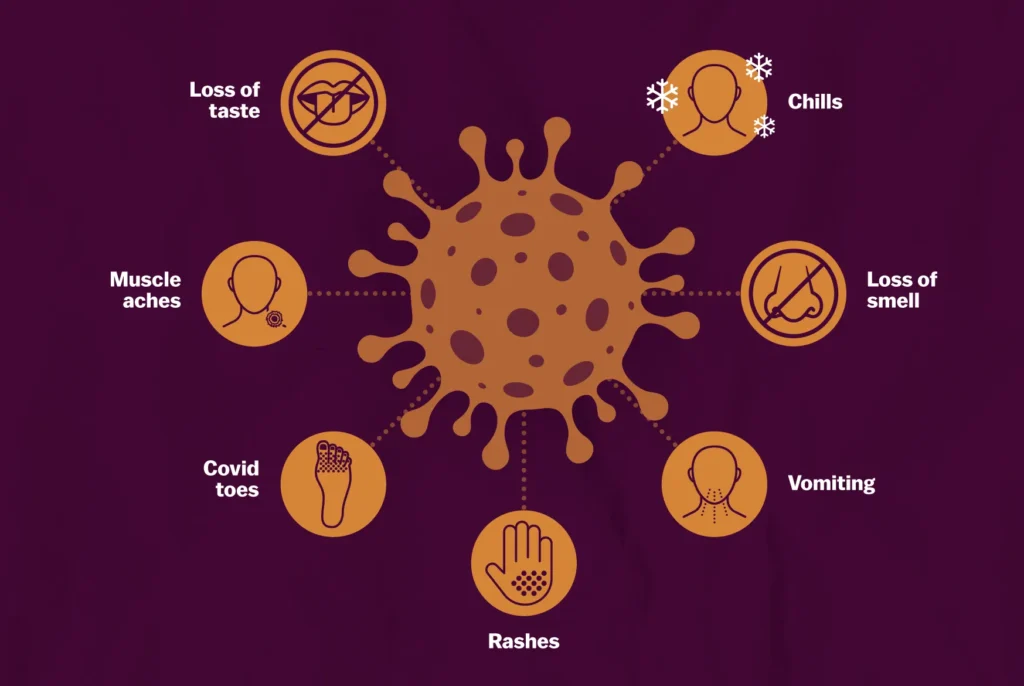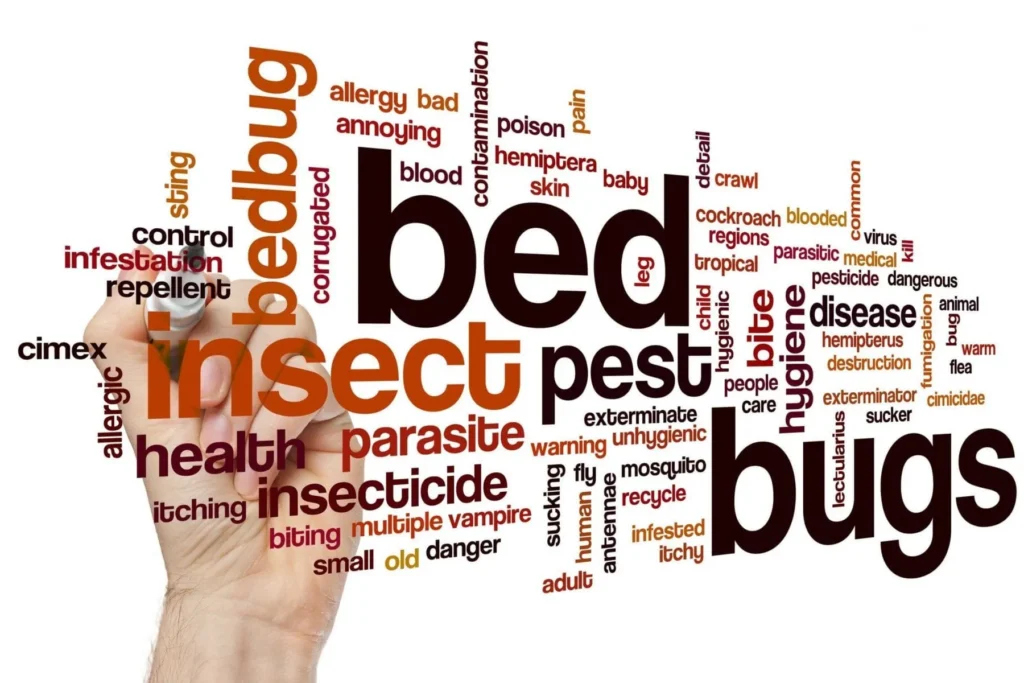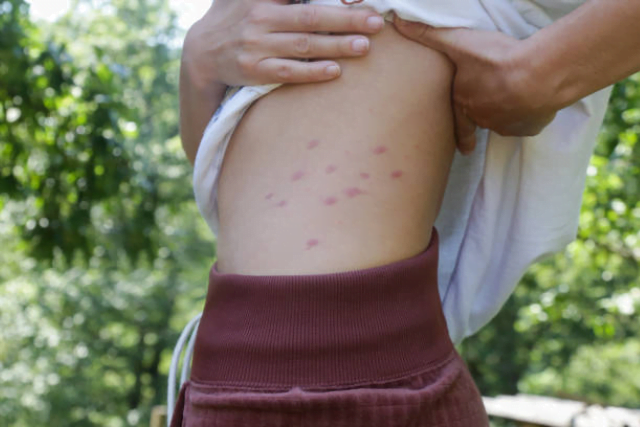If you’ve ever woken up scratching and wondered, Can Bed Bugs Bite Through Clothes you’re in the right place. Bed bugs are sneaky little pests that cause a lot of discomfort, anxiety, and sleepless nights. But not every fabric or situation puts you at equal risk.
This article unpacks the real truth about bed bugs and clothes busting myths, sharing eye-opening real-life experiences, and equipping you with science-backed strategies to protect yourself and your loved ones.
Why Bed Bugs Target Humans And How They Feed
Bed bugs are masters of stealth. They’re drawn to humans by the carbon dioxide we exhale and our body heat. Once near, they use their sharp mouthparts to pierce skin and feed on blood for about 5 to 10 minutes often without you feeling a thing because their saliva numbs the bite site.
Real-Life Moment:
Maria, a mother of two, woke up covered in itchy bites despite wearing long pajamas. She later discovered that her thin cotton pajamas and tight cuffs gave bed bugs enough access to bite through. She had unknowingly made a common mistake.

Can Bed Bugs Bite Through Clothes? Here’s the Real Deal
The science:
Bed bugs do not have superhuman piercing powers. Their mouth parts are short and sharp but designed to pierce skin not fabric. That said, they can bite through very thin, loosely woven, or tight-fitting clothing pressed directly against the skin.
Breaking Down Fabric Vulnerability: What Protects You & What Doesn’t
| Fabric Type | Bite Vulnerability | Why? |
|---|---|---|
| Silk and Satin | Very High | Thin, slippery, and loosely woven — easy to penetrate. |
| Thin Cotton | High | Weave density varies; some thin cottons don’t offer much protection. |
| Sheer Fabrics | Very High | Large gaps between threads allow penetration. |
| Denim and Canvas | Very Low | Thick, dense weave is a strong barrier. |
| Polyester and Nylon | Low to Medium | Depends on weave; generally tighter than cotton. |
Real-Life Example:
Tom, a backpacker, shared his experience staying in a hostel with bed bugs. His lightweight polyester shirt provided decent protection, but his thin pajamas and undershirts did not. After switching to heavier cotton clothes, he saw a dramatic reduction in bites.
Why Fit & Clothing Condition Matter More Than You Think
- Tight clothing: Fabric pressed flush against your skin means bed bugs only have to pierce a thin layer of fabric to get to you.
- Worn or stretched fabric: Over time, clothing thins and stretches, making it easier for bed bugs to bite through.
- Openings & seams: Bed bugs are expert explorers they crawl into gaps like cuffs, collars, and waistbands to find exposed skin.
Bed Bug Bite Symptoms Through Clothes: How to Recognize Them
- Bites often appear in clusters or lines (called “breakfast, lunch, and dinner” pattern).
- Raised, red, itchy bumps sometimes with a blister or rash.
- Swelling or irritation near areas covered by clothing seams or cuffs.
Pro Tip: If bites appear under your clothing, inspect your clothes carefully for signs of bed bugs like tiny rust-colored spots or live bugs.

Real-Life Prevention Tips: How to Stay Bite-Free No Matter What You Wear
Opt for Protective Fabrics
Choose thick denim, tightly woven cotton, or synthetic blends. Avoid silky or sheer fabrics when you know bed bugs may be present.
Keep Clothing Loose Around Vulnerable Areas
Avoid tight cuffs and collars when possible to create a physical barrier between your skin and clothing.
Maintain Impeccable Laundry Hygiene
- Wash clothes in hot water (>120°F or 49°C) regularly.
- Use the dryer on high heat for 30+ minutes to kill bugs and eggs.
- Seal clothing in plastic bags during travel or after exposure.
Inspect Your Environment Thoroughly
- Check mattresses, box springs, furniture, and luggage regularly.
- Use bed bug-proof mattress and pillow encasements.
Consider Specialized Protective Clothing
If traveling to high-risk areas, use clothes designed to repel or block bed bugs. Some outdoor gear companies offer insect-repellent fabrics that may help.
Busting Bed Bug Myths With Science
- Myth: Bed bugs can jump or fly.
Reality: They cannot. They crawl and hide close to hosts. - Myth: Bed bugs only bite dirty people.
Reality: Bed bugs are indiscriminate — they bite anyone. - Myth: You’ll immediately feel bed bug bites.
Reality: Their saliva numbs bite sites, so many don’t notice until bumps appear.

Realistic Advice from Experts and Survivors
“Bed bugs are opportunistic but not invincible,” says Dr. Emily Harper, an entomologist specializing in urban pests. “Thick clothing and good hygiene are your first lines of defense, but environmental control is key.”
Maria’s story (mentioned earlier) is a prime example of how simple clothing choices can make a difference. After switching to heavier fabrics and sealing her mattress, her bites stopped almost overnight.
What to Do If You Suspect Bites Through Clothes
- Inspect clothing for stains or live bugs.
- Immediately wash and dry clothes on high heat.
- Vacuum and clean your sleeping area thoroughly.
- Consider professional pest control if infestations persist.
Conclusion
Bed bugs biting through clothes is possible but controllable. Understanding the fabrics you wear, maintaining hygiene, and managing your environment drastically reduce risks.
Don’t panic if you find bites; act promptly and smartly. With these tips, you can sleep soundly knowing you’re better prepared.
FAQs — Answered
Q: Can bed bugs bite through jeans?
A: Almost never. Denim is usually too thick and tightly woven.
Q: How can I protect myself during travel?
A: Wash clothes immediately after travel, keep luggage sealed, and inspect accommodations carefully.
Q: Do bed bugs live in clothes?
A: Yes, especially in folds and seams. Regular washing and inspection are crucial.

Russell F. Jones, holding a Master in psychology from the University of Florida. He writes for Smart Parent Solutions, offering practical advice on parenting and child development. His engaging content helps parents navigate family life with confidence and ease. Russell enjoys sharing his knowledge and spending quality time with his family.
